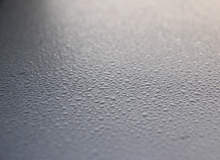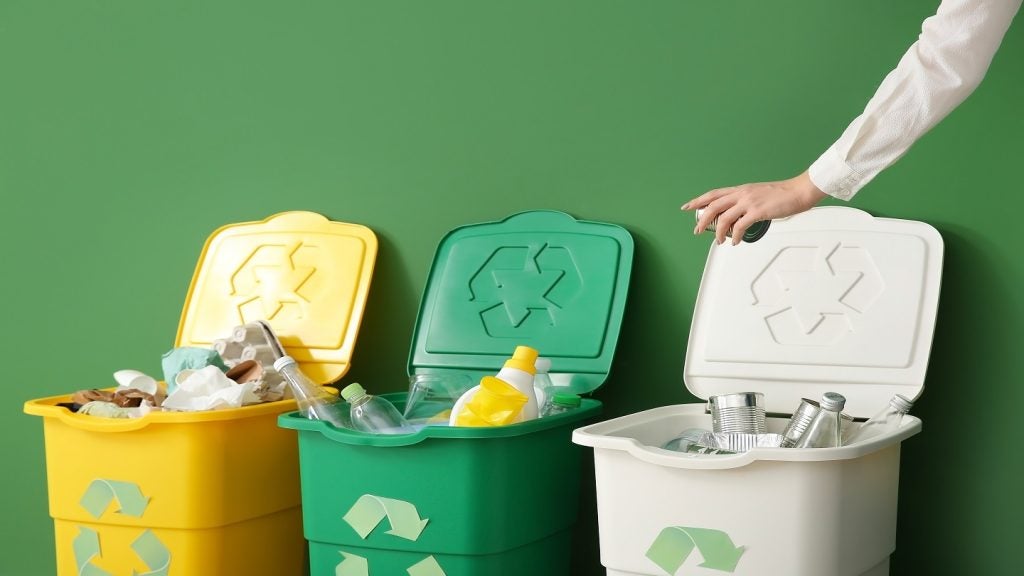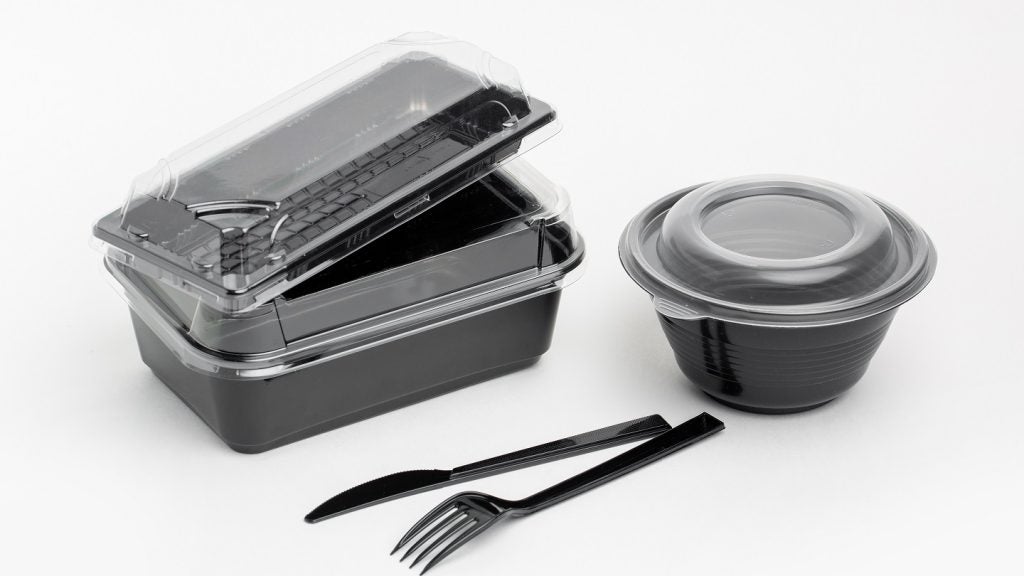
Moisture is one of the food packaging sector’s darkest adversaries. Not only does it have an undeniably detrimental effect on the shelf-life of convenience foods, but also such products often contain hygroscopic ingredients that actively attract water particles.
Minimising moisture ingress to the required extent is a constant uphill challenge for the packaging and food sectors. According to Packaging Today, three key weapons have emerged in the battle against moisture: combining materials with greater barrier qualities; applying the latest sealing technologies; implementing moisture regulation systems.
Regulating moisture
Moisture regulation is important in convenience foods. By regulating moisture levels within a food package environment, a company can limit moisture-mediated degradation, such as microbial spoilage.
Furthermore, regulation can help preserve the appearance and flavour characteristics of the product, thereby extending shelf-life and protecting brand integrity.
See Also:
The technology required to do this revolves around the concept of equilibrium relative humidity (ERH). ERH is achieved by maintaining the desired level of humidity by releasing or absorbing moisture.
How well do you really know your competitors?
Access the most comprehensive Company Profiles on the market, powered by GlobalData. Save hours of research. Gain competitive edge.

Thank you!
Your download email will arrive shortly
Not ready to buy yet? Download a free sample
We are confident about the unique quality of our Company Profiles. However, we want you to make the most beneficial decision for your business, so we offer a free sample that you can download by submitting the below form
By GlobalDataIf implemented successfully it can prevent moisture transference between the product and packaged environment, as well as prevent moisture levels from becoming too high or low.
Moisture regulation technology is particularly essential for food products that require a certain moisture level to maintain texture, such as biscuits or cakes. Here, ERH must be maintained at an intermediate level by providing a package that comes with a pre-determined amount of moisture. These levels can be customised to suit the specific requirements of the packaged food products. The moisture is then released and reabsorbed over time according to the conditions surrounding the packaged environment.
The technology can be delivered in packaging applications through a range of customised product formats. Depending on the food product and package design type, all the following formats can be used: a sachet, canister, compressed tablet, large format bag or self-adhesive label. They all are dry to touch and maintain their structure regardless of the moisture they hold. It is also possible to integrate insertion into packaging lines.
Moisture problems
Throughout the supply chain products are transported or stored in a variety of challenging environmental conditions. With temperatures and humidity levels increasing and decreasing, the capacity and propensity of air within a successfully packaged product to store moisture will accordingly increase and decrease. However, a packaged environment that is too moist or dry can damage product integrity causing the food product to become stale or soggy.
The range of food product types that require moisture regulation technology is vast. As well as baked goods, products such as dried meats and fruits, and confectionery such as nougat and caramel need careful moisture regulation.
An appropriate moisture regulation solution must be established for each food product, which is measured according to optimal relative humidity (RH) levels. Dried products, for example, beef jerky, have an optimal RH of 65-75%, while moist products, such as baked goods, have a higher optimal RH of 80-90%.
Find the perfect packaging
As well as establishing the optimal RH level for a food product, the packaging material and format must also be considered if an appropriate moisture regulation solution is to be developed. Finding a material that has the protective qualities to maintain the unique set of characteristics for each food product is a stark challenge for the packaging industry.
This challenge is extended by today’s market, which requires moisture regulation technology to address environmental concerns. The industry has made great strides in this field with oxygen-mediated degradation being an example of just how much progress has been made. For example, Meals Ready to Eat (MREs) used by the US Army degrade simply by being exposed to moisture and oxygen.
In certain applications, moisture regulation technology can even be used in conjunction with activated carbon to manage volatiles, which can cause odours.
Parts of this article originally appeared on our sister website Packaging Today.
http://www.packagingtoday.co.uk/story.asp?sectioncode=42&storycode=58842







